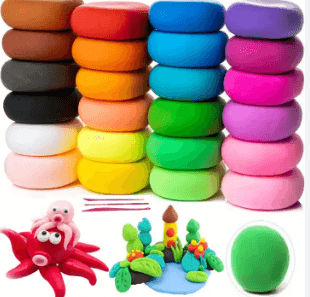
Clay art serves as a compelling narrative of human creativity, tracing its origins from the functional pottery of ancient civilizations to the expressive forms seen in contemporary galleries. This evolution reflects not only the technical advancements in sculpting techniques but also the shifting cultural dialogues surrounding identity and sustainability. As modern artists push the boundaries of this medium, they invite us to reconsider our relationship with clay and its implications in addressing pressing social issues. What lies beneath this surface, however, is a complex interplay of tradition and innovation that merits closer examination.
The History of Clay Art
The history of clay art can be traced back thousands of years, revealing a rich tapestry of cultural significance and technological advancement that underscores its enduring appeal across diverse civilizations.
Ancient civilizations, such as the Sumerians and Egyptians, utilized clay not only for functional pottery but also for expressive sculptures, symbolizing their beliefs, social structures, and artistic aspirations.
This artistic expression through clay has thereby enriched our understanding of human creativity.
See also: Art:Mzu1mnzsags= Schizophrenia
Techniques and Tools for Sculpting
Employing a variety of techniques and tools, sculptors manipulate clay to achieve intricate forms and textures, showcasing both their skill and the material’s inherent qualities.
Hand building allows for organic shapes and personal expression, while wheel throwing provides precision and symmetry.
Each method serves distinct artistic intentions, reflecting the sculptor’s vision and enabling a dynamic interplay between creativity and craftsmanship in clay art.
Innovative Modern Clay Artists
Innovative modern clay artists are redefining the boundaries of the medium, incorporating diverse cultural influences and contemporary themes to create thought-provoking works that challenge traditional notions of ceramics.
Their ceramic installations and contemporary sculptures often explore identity, sustainability, and social issues, inviting viewers to engage in dialogue.
This evolution reflects a broader artistic landscape that values experimentation and the breaking down of barriers in creative expression.
See also: Art:Mj9hn6zwqgo= Happiness
Conclusion
In conclusion, clay art serves as a profound reflection of human creativity, with over 20,000 years of documented history showcasing its enduring significance across cultures.
The evolution of techniques, from ancient hand building to contemporary wheel throwing, demonstrates the adaptability of this medium.
Modern artists increasingly address pressing societal themes, bridging the gap between tradition and innovation.
As clay continues to inspire and challenge, its role in artistic expression remains vital, inviting ongoing exploration and engagement.




